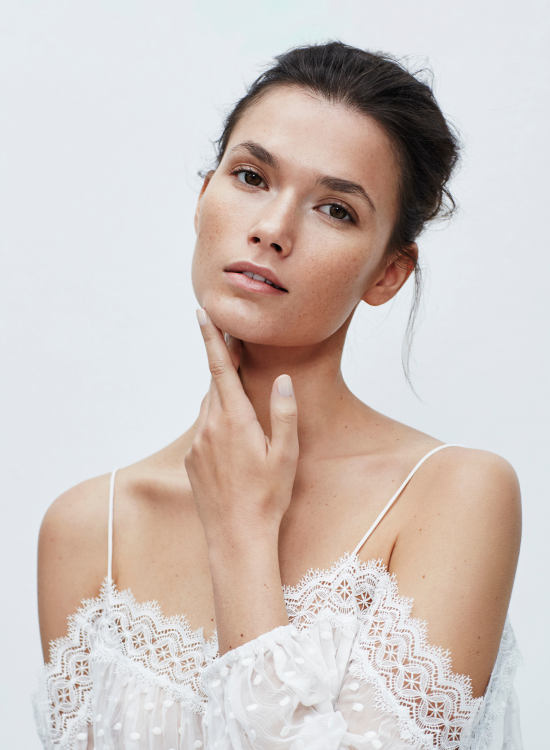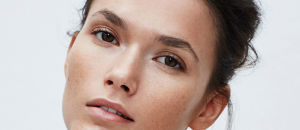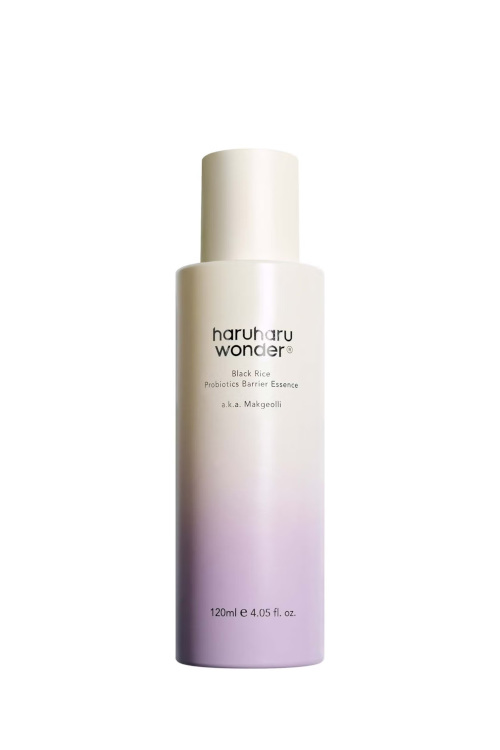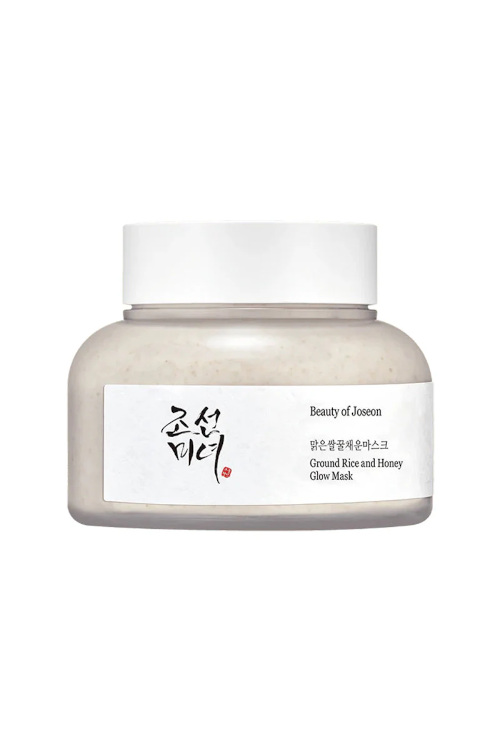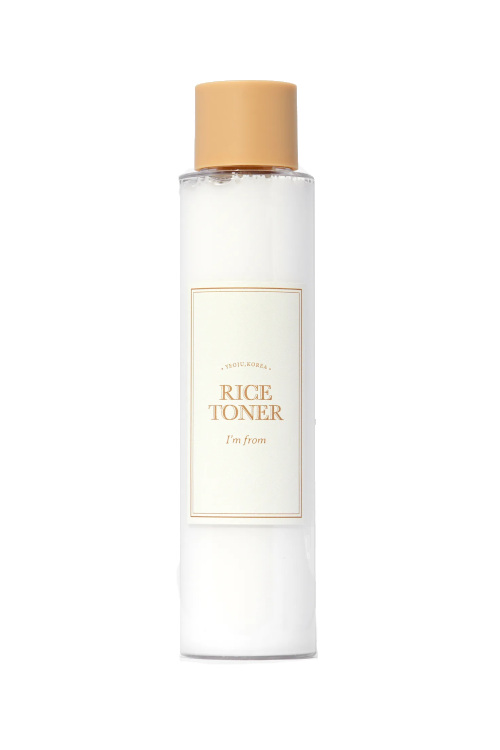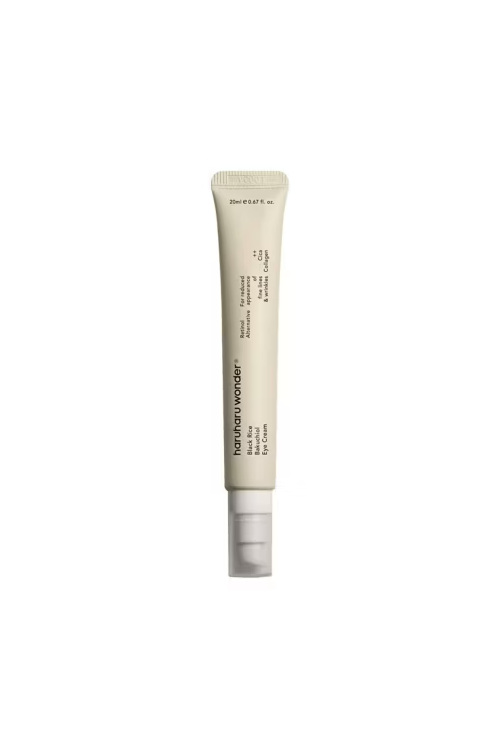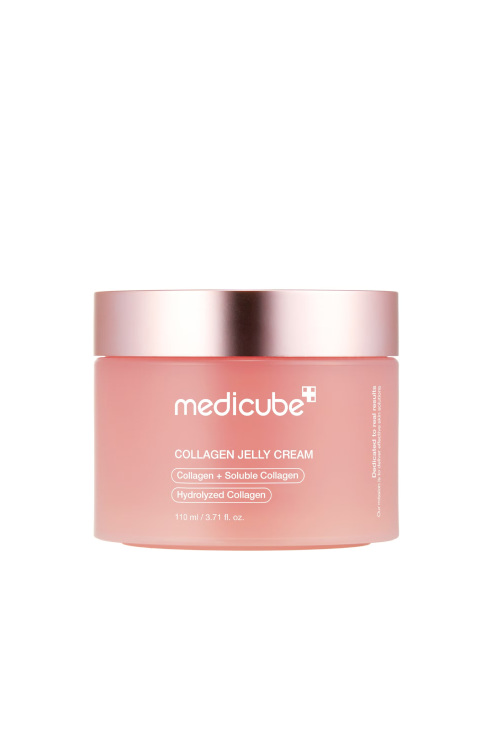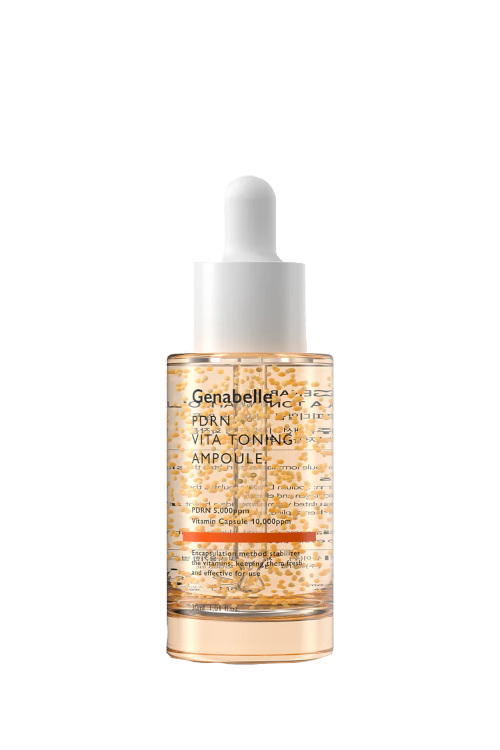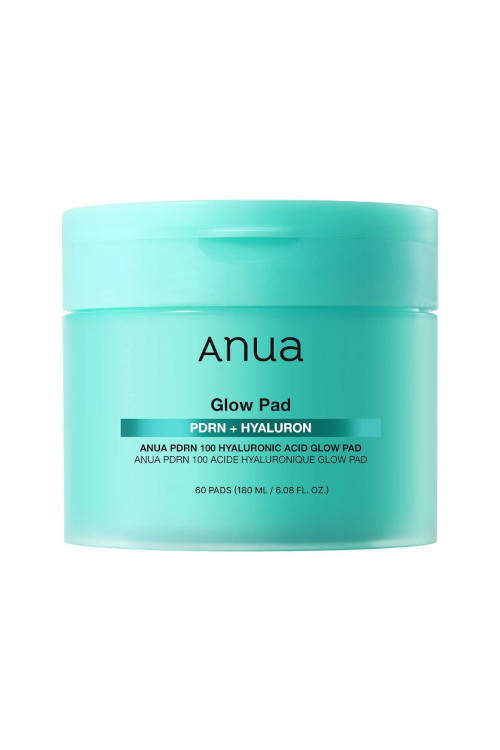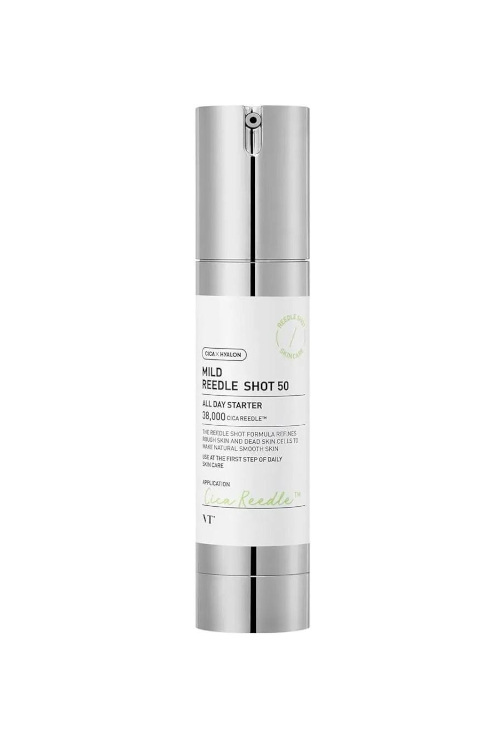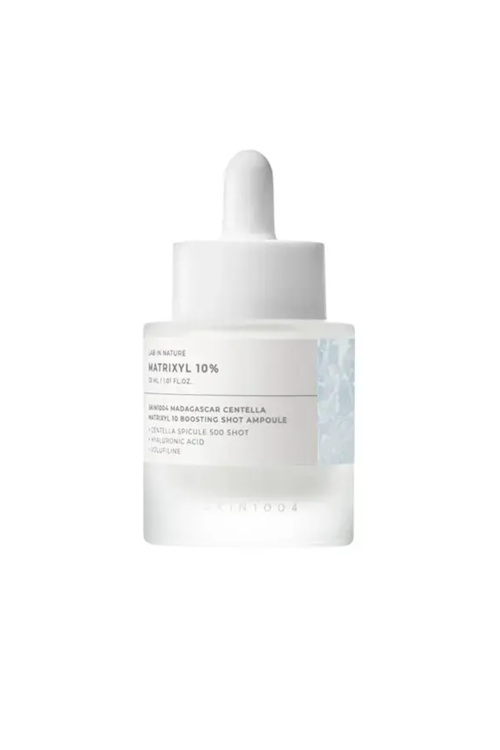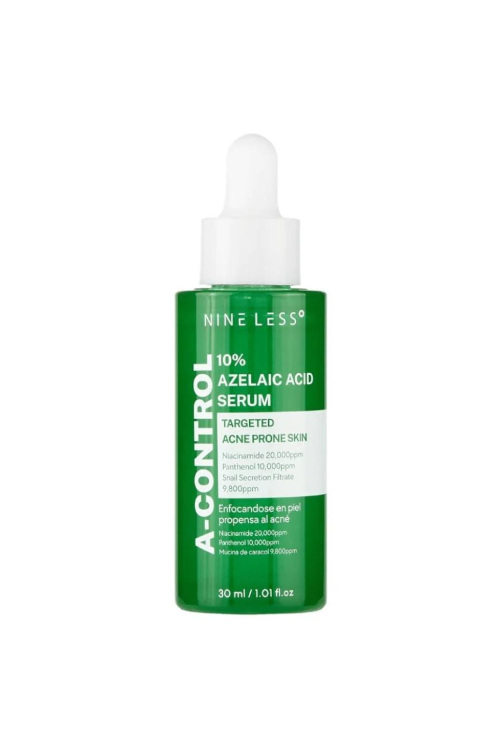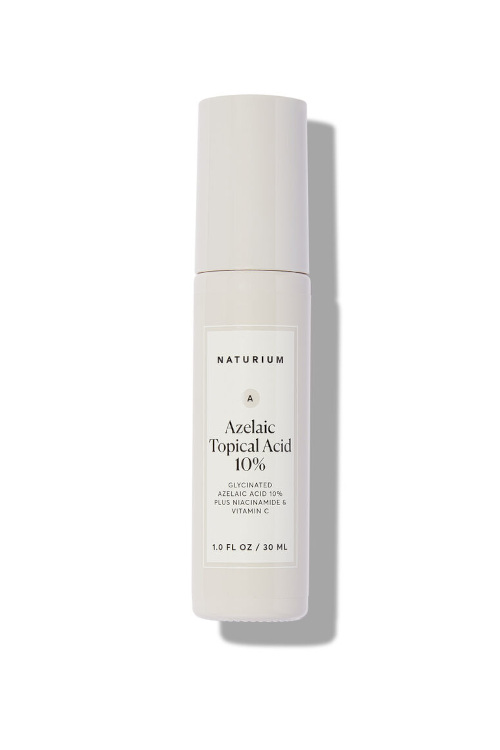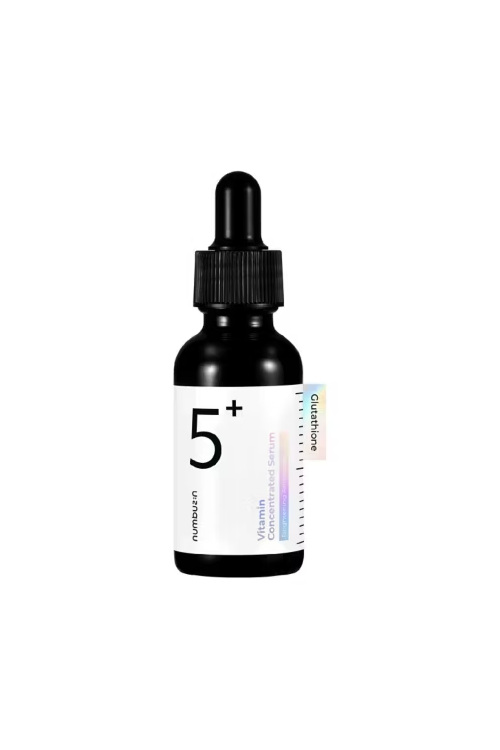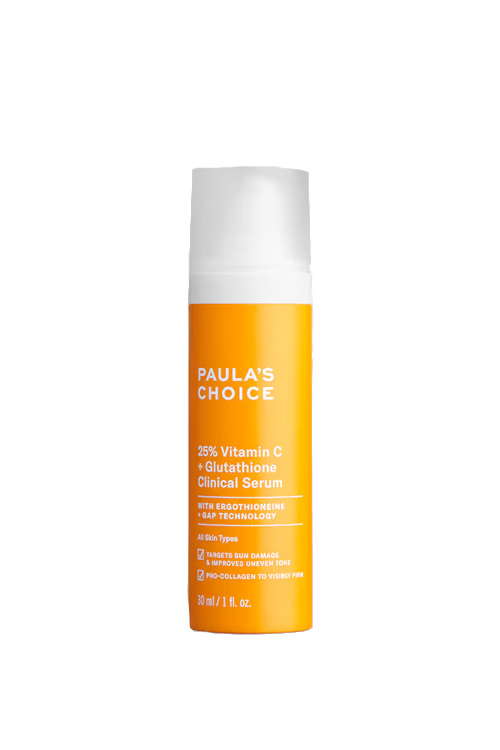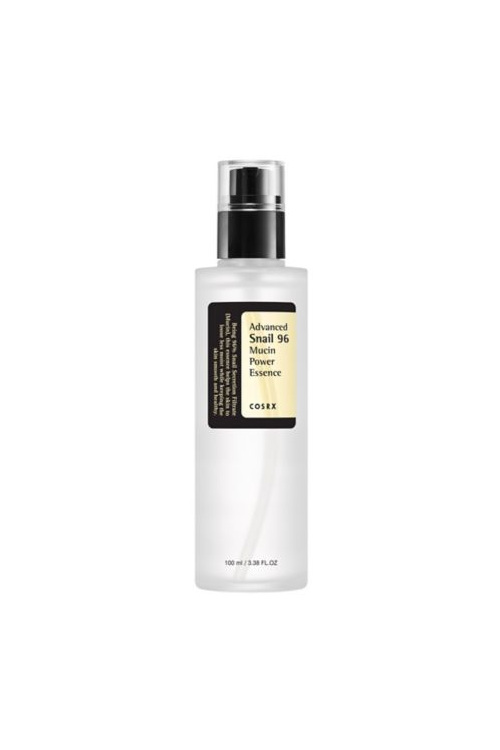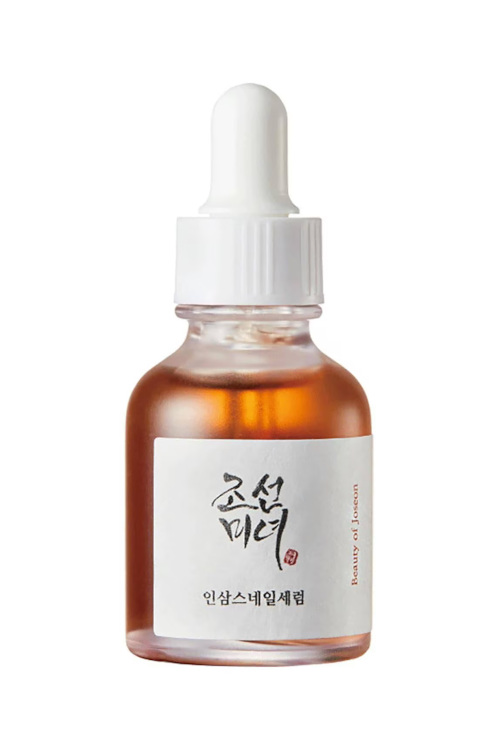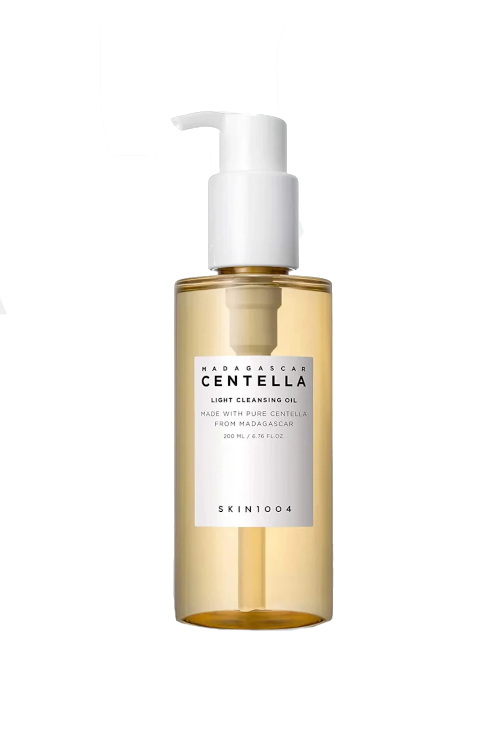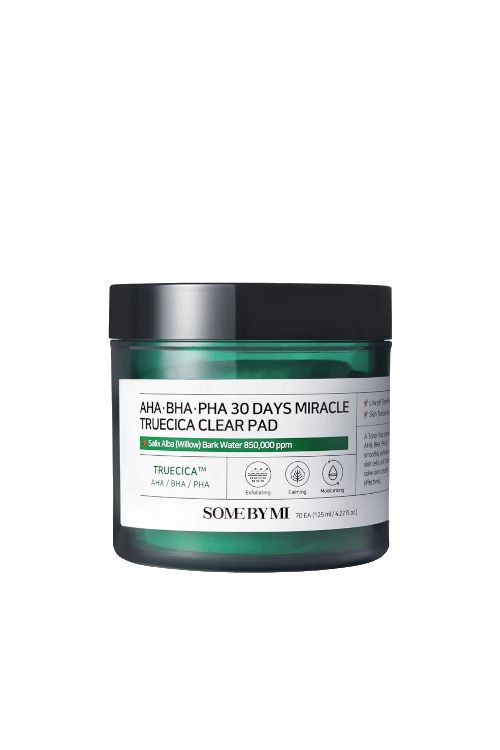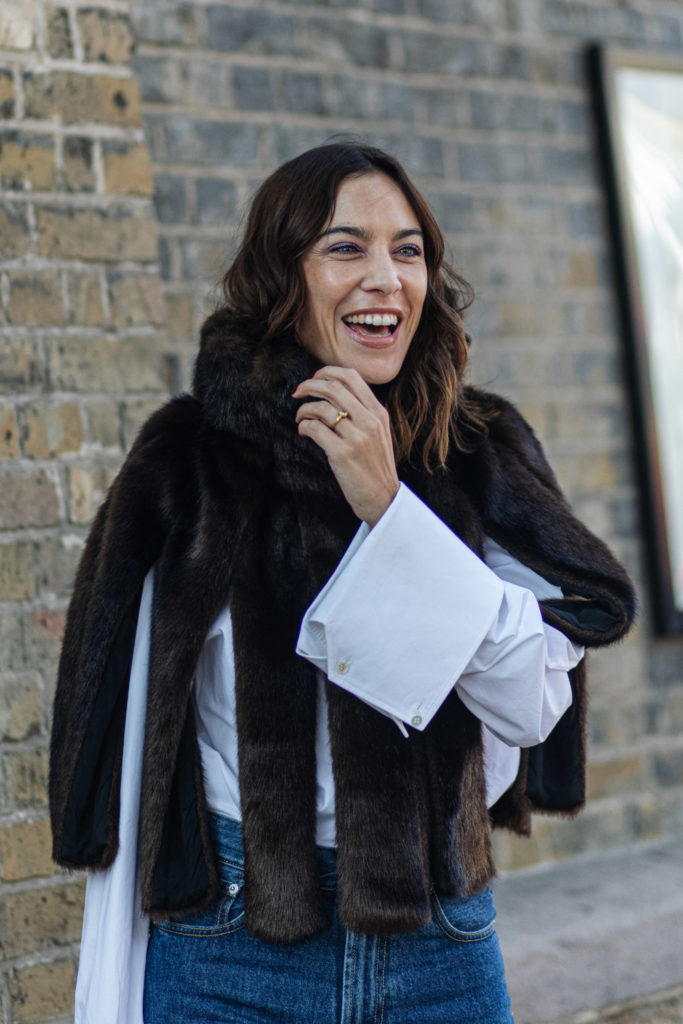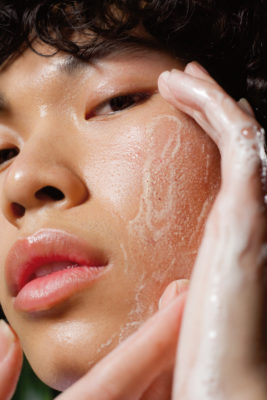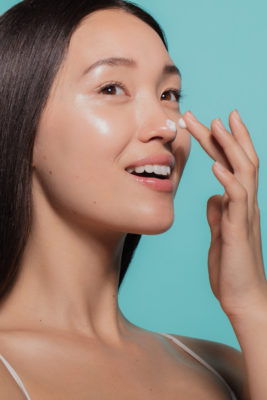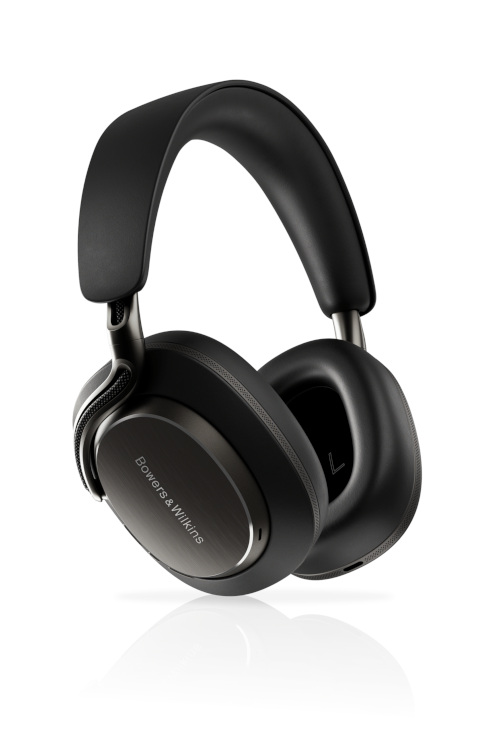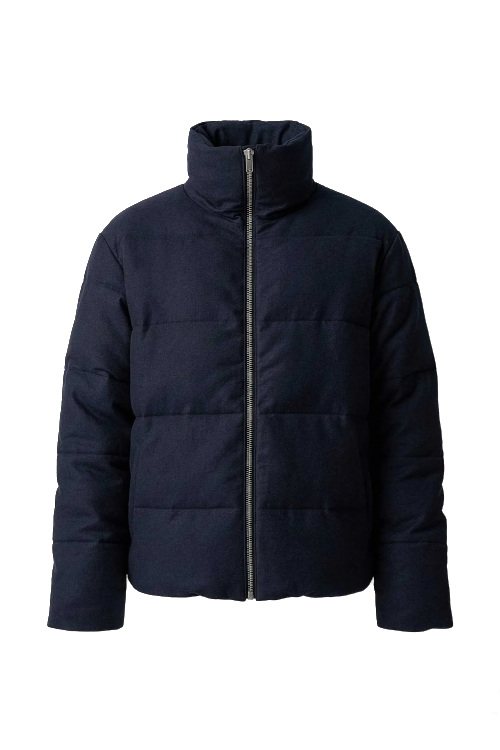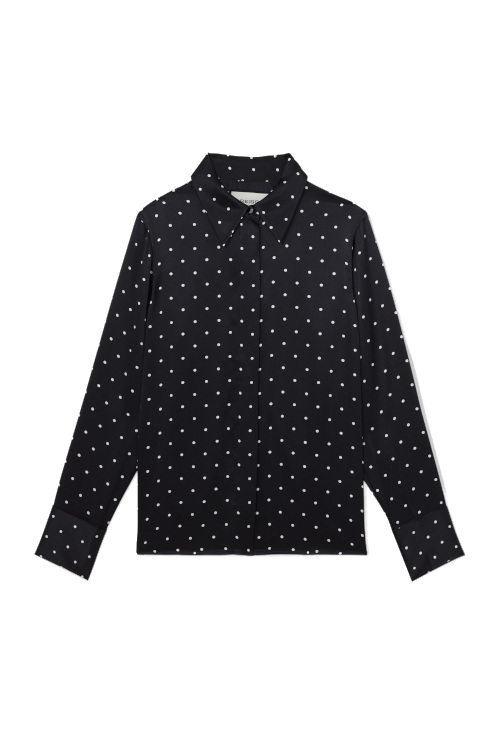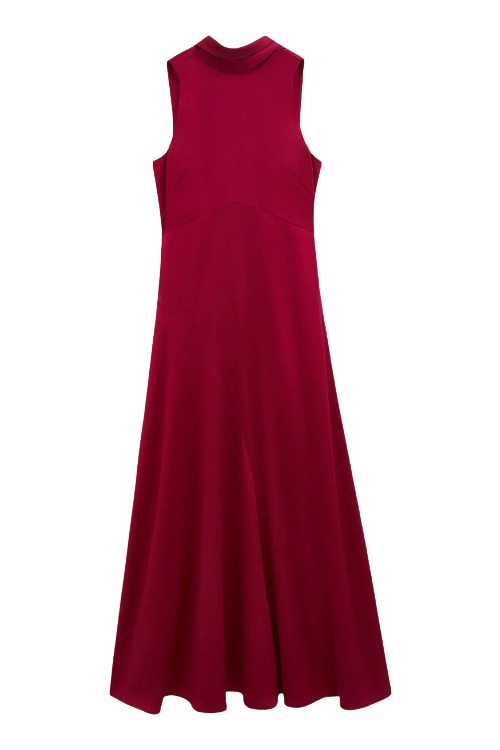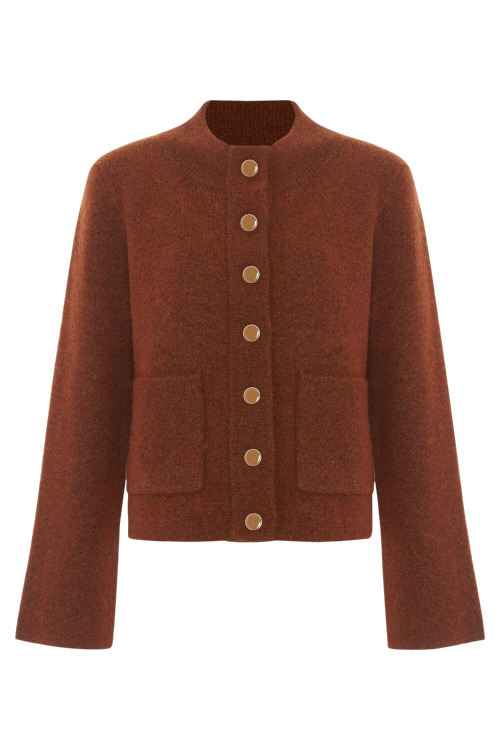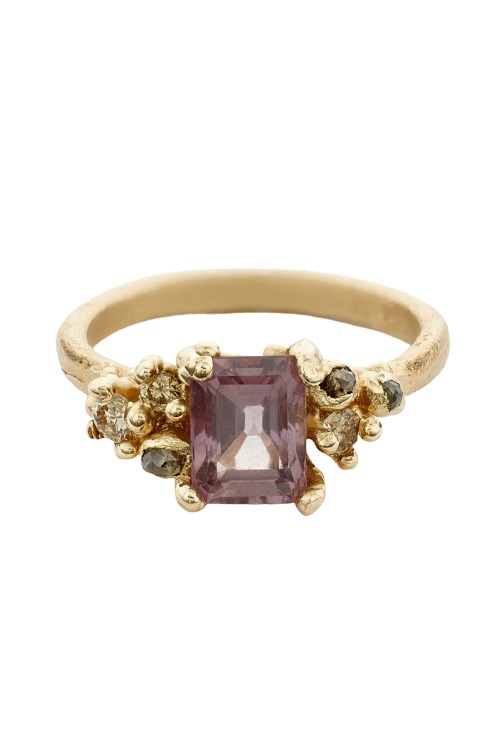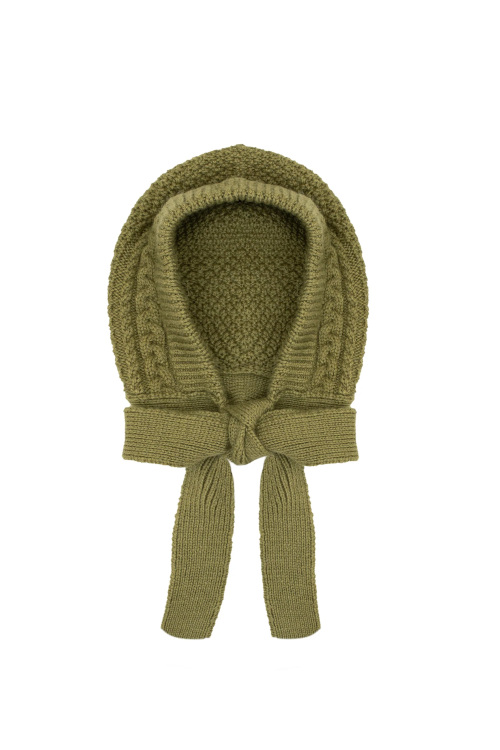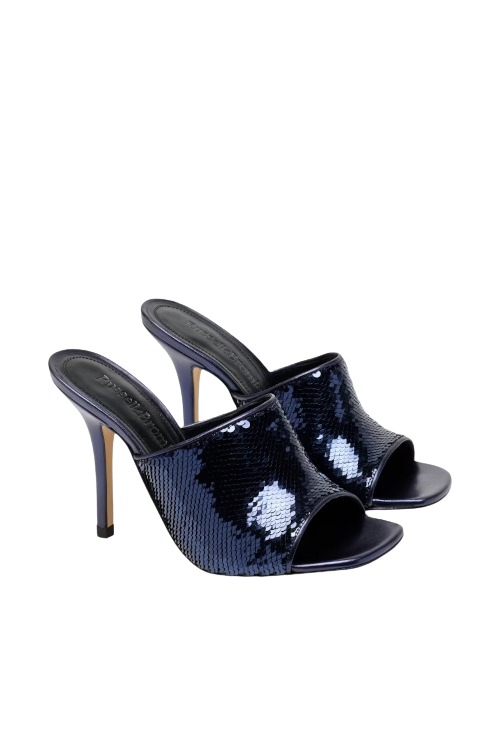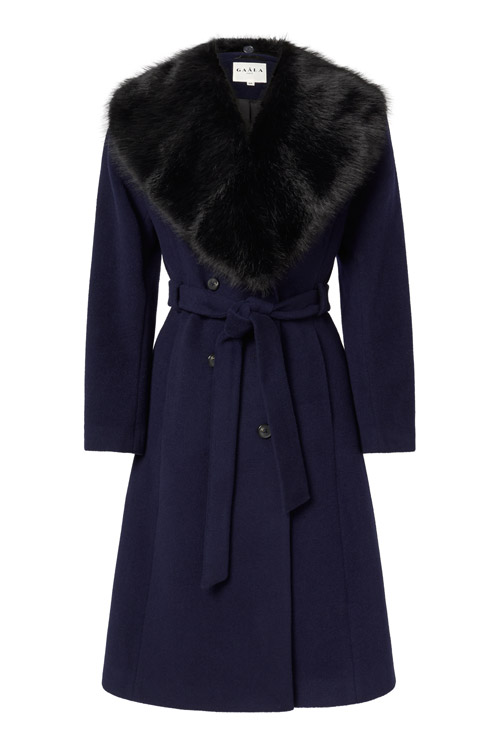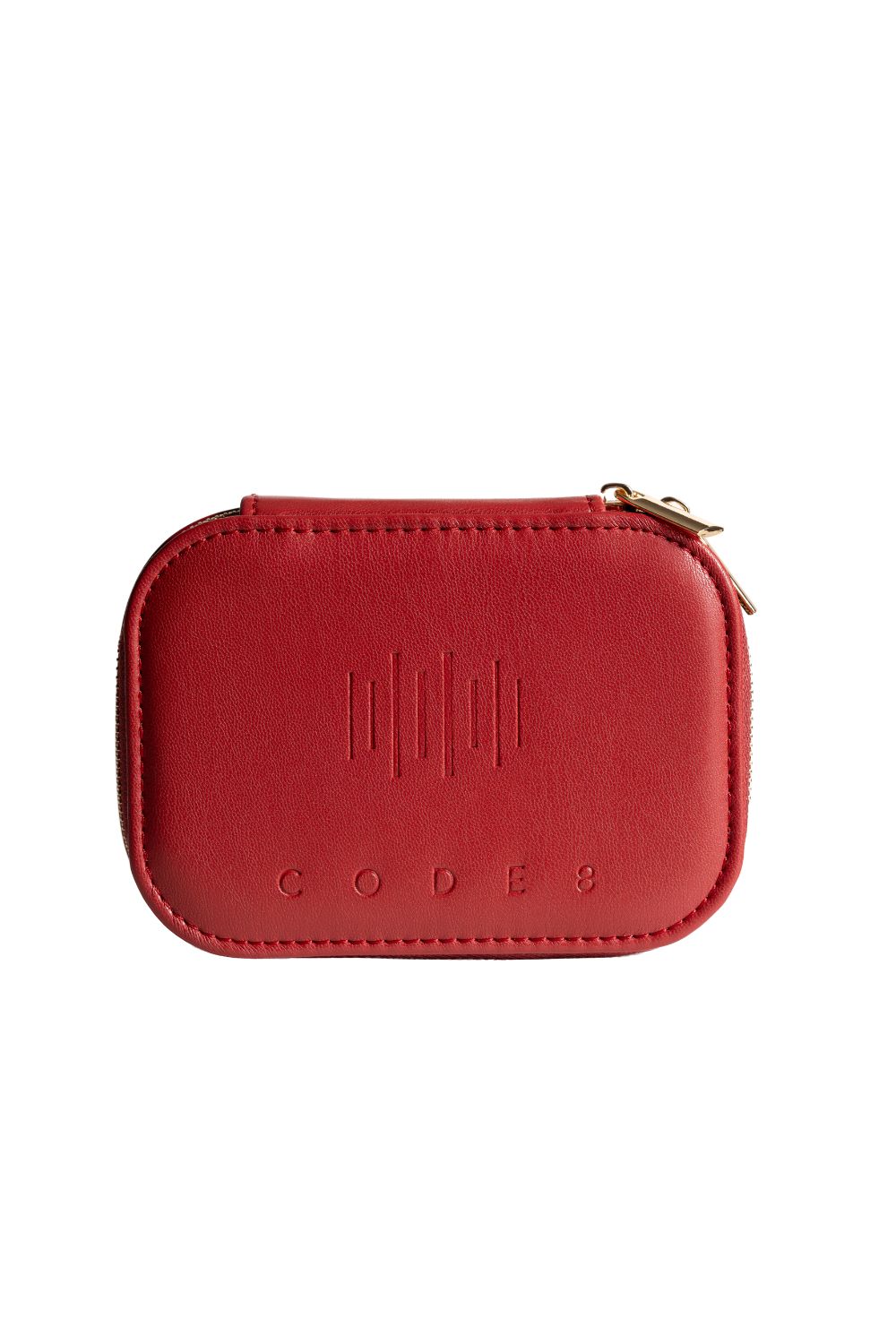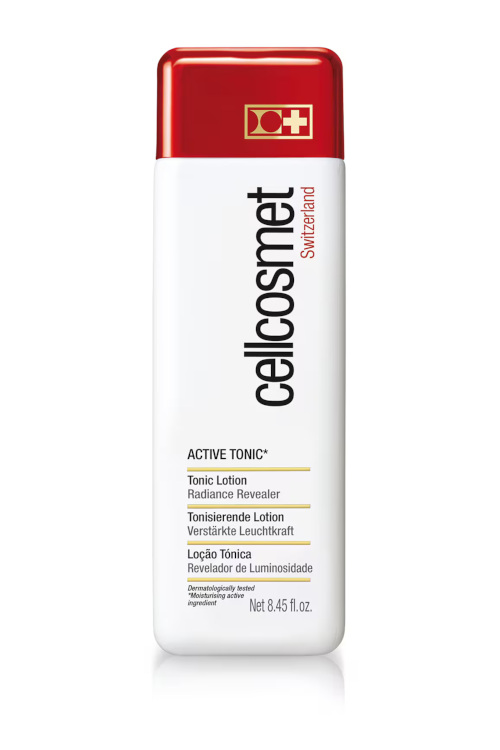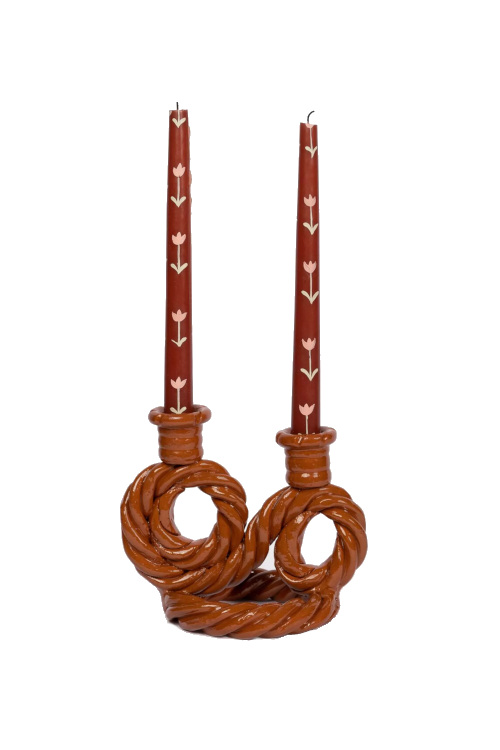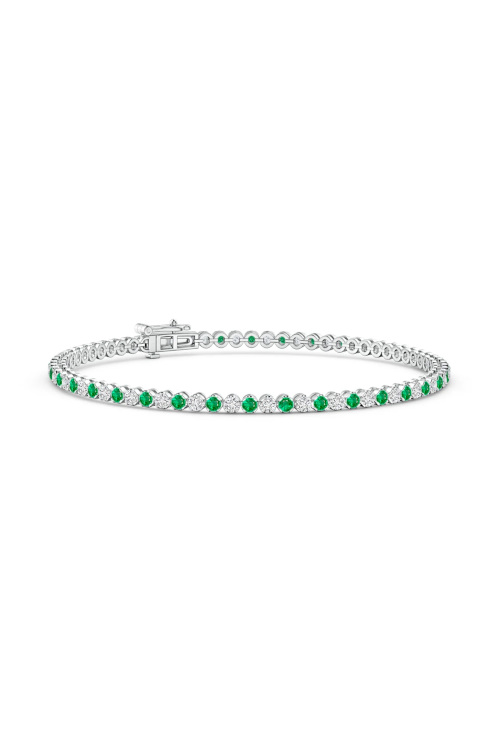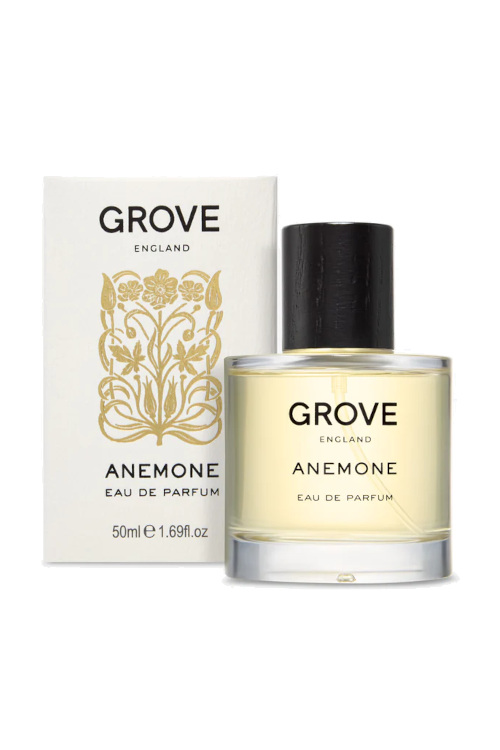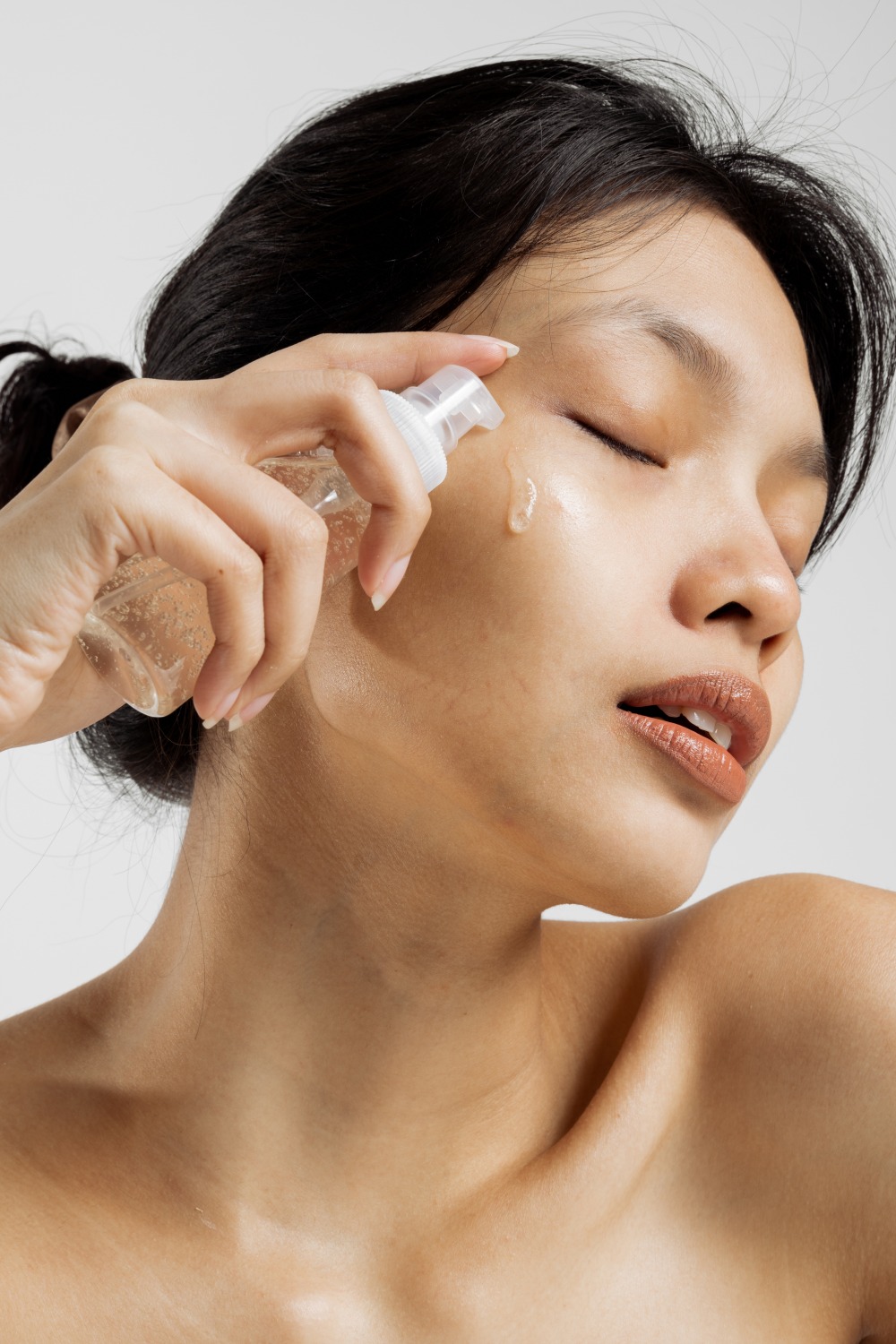
8 K-Beauty Ingredients That Will Level Up Your Skincare Game
By
5 months ago
The Korean skincare staples you need to know about
Skincare’s biggest buzz word right now? K-beauty. The world can’t seem to get enough of South Korea’s gentle skincare formulas and advanced technologies – with micro trends like glass and cloud skin, rice water masks and snail mucin generating some major hype online. But when it comes down to it, it’s the ingredients that make K-beauty skincare products such a standout.
‘One of the many reasons Korean skincare has captivated beauty lovers around the world is its ingredient innovation,’ notes Melody Yuan, founder of UK-based K-beauty retailer Skin Cupid. ‘K-beauty is known for combining traditional botanicals with cutting-edge science to deliver results, gently and effectively. Korea also constantly pushes the boundaries of formulation, often being five to 10 years ahead in technology compared to Western markets.’
Here are some of the most popular ingredients in K-beauty right now, with notes from skincare experts on what they do and where to find them in your routine.
The K-Beauty Ingredients You Need To Know Now
Rice
Those who hopped on TikTok’s rice water facemask trend will already know all about the various skincare benefits associated with this K-beauty ingredient. ‘Rice extract has been used in Korean skincare for centuries,’ notes Meg Carins, Skincare Junior Buyer at LOOKFANTASTIC. ‘Rice is a gentle alternative to actives that will brighten dull skin, improve texture and leave skin hydrated, soft and luminous with rice being rich in amino acids, vitamins and antioxidants.’
‘It’s also rich in amino acids, antioxidants, ceramides, and vitamins B and E, and helps brighten, soften and even out skin tone,’ adds Melody. ‘It’s ideal for dry, dull or uneven skin types.’
What’s it used in? Toners, essences, serums, creams, face masks
Collagen
By now, we’re all very familiar with collagen – but did you know its popularity stems from K-beauty? ‘Collagen is an essential protein for strong, healthy skin and hair,’ emphasises Melody. ‘Most popular are products that use low-molecular-weight collagen, derived from fish or an alternative, vegan source, which can penetrate deeper into the skin to improve hydration and increase skin elasticity, as well as encouraging the synthesis of collagen in the skin itself. Because it slows the skin-ageing process, it’s ideal for those with mature, dull skin that’s starting to develop fine lines and wrinkles.’
What’s it used in? Serums, creams, masks
PDRN
Salmon sperm might be making waves as an injectable over in the West, but in South Korea it’s mainstream skincare. ‘PDRN (polydeoxyribonucleotide) is a game-changing ingredient derived from salmon DNA, known for its powerful regenerative and anti-ageing properties,’ notes Melody. ‘It penetrates deep into the skin thanks to its small molecular size, where it triggers biological activity to support long-term skin health – boosting collagen production, speeding up skin healing, and helping to repair a weakened skin barrier. It’s ideal for stressed, damaged or post-procedure skin that needs deep recovery and hydration.’
What’s it used in? Toners, serums, creams, lip masks
Spicules
And now, a slightly more technical ingredient: spicules. These tiny, needle-like structures typically come from marine sponges, and act as a delivery system for active ingredients – in other words, they give your other skincare products the chance to work better. ‘Spicules are the core ingredient in many of Korea’s at-home microneedling products,’ adds Melody. ‘Often made of hydrolysed sponge, spicules are shaped like tiny toothpicks, and – like traditional microneedling treatments – they work by creating tiny micro-channels in the skin, which allow active ingredients to penetrate deeper for enhanced efficacy. Adding a product with spicules to your routine is the perfect way to maximise the results of the other skincare products you use.’
What’s it used in? Serum
Azelaic Acid
This multi-talented hero ingredient is a staple K-beauty ingredient. ‘Azelaic acid has been trending recently because of its ability to tackle several common skin concerns at once,’ adds Melody. ‘It helps to exfoliate dead skin cells and improve texture, inhibits the formation of dark spots on the skin, and helps prevent pores from getting clogged. It’s ideal for calming and refining skin that is prone to acne, scarring, hyperpigmentation, and rosacea, because it is also very gentle and soothing.’
What’s it used in? Cleansers, serums, creams
Glutathione
‘Glutathione is a naturally occurring antioxidant that helps detoxify the skin by neutralising harmful free radicals,’ explains Melody. ‘It helps to brighten the complexion, fade dark spots and scars, even out skin tone, and promote a youthful appearance.’
What’s it used in? Serums, creams
Snail Mucin
Perhaps one of K-beauty more controversial ingredients, snail mucin is the substance secreted by snails to help them move across surfaces. Containing naturally occurring ingredients like hyaluronic acid, glycolic acid, copper peptides, allantoin and panthenol, snail mucin is believed to help target a number of skin concerns. These include dry skin and skin barrier protection, as well the signs of ageing and inflammation.
What’s it used in? Serums, creams, face masks
For more information on the skincare benefits of snail mucin, see our full guide here.
Centella Asiatica
Another ingredient you might have noticed popping up on K-beauty labels is centella asiatica (also known as tiger grass), a plant that commonly grows in the more tropical regions of Asia, Africa and Australia. While traditionally used in medicine for wound healing, these days it lives a second life as a hydrating, anti-inflammatory skincare ingredient.
What’s it used in? Serums, creams, face masks

